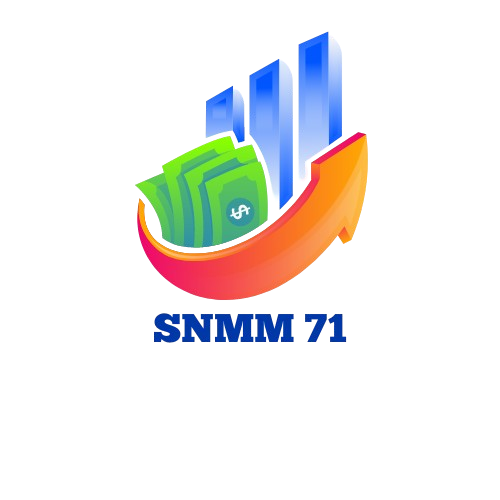Evolution of the Modern Office: Adapting to New Work Realities
The office, once a fixed physical space where employees converged to conduct business, has undergone a remarkable transformation over the years. From traditional cubicles and hierarchical structures to open-plan layouts and remote work setups, the evolution 광주op of the office environment reflects shifts in technology, work culture, and societal changes.
The Rise of Traditional Offices
Not too long ago, conventional offices were characterized by rigid structures, compartmentalized spaces, and strict working hours. Cubicles and closed-door offices delineated hierarchies, fostering a sense of privacy but often limiting collaboration and communication among employees. The nine-to-five workday was the norm, and the idea of working from anywhere besides the office seemed unconventional.
The Advent of Open-Plan Offices
As the workplace landscape evolved, so did the design philosophies. Open-plan offices emerged as a response to the need for increased collaboration, flexibility, and a more egalitarian work environment. Removing physical barriers fostered easier communication and teamwork among employees, encouraging a sense of community and transparency.
However, this shift came with its own set of challenges. Noise levels, distractions, and reduced privacy became concerns for many workers in open layouts. Companies started to rethink the one-size-fits-all approach to office design, acknowledging that different tasks and personalities might require diverse work settings.
Technology’s Impact on Workspaces
The rapid advancement of technology has been a driving force in reshaping the office. Computers, internet connectivity, and mobile devices revolutionized the way we work, enabling flexibility in where and how work gets done. Cloud computing, video conferencing, and collaboration tools have further facilitated remote work, allowing employees to remain productive from virtually anywhere in the world.
The COVID-19 pandemic acted as an accelerant, pushing many businesses to adopt remote work practices out of necessity. Companies quickly adapted, leveraging technology to maintain operations while employees worked from home. This sudden shift underscored the viability and benefits of remote work, prompting discussions about hybrid work models and flexible schedules.
The Emergence of Flexible Workspaces
Flexibility has become a focal point in modern office design. Flexible workspaces cater to diverse work styles, offering a mix of open collaborative areas, quiet zones for focused work, and shared amenities like communal areas, lounges, and cafeterias. Hot-desking and hoteling concepts have gained traction, allowing employees to choose where and how they work best on any given day.
The Future of Work
Looking ahead, the office will likely continue evolving to meet the changing needs of the workforce. Hybrid work models, combining remote work with in-office collaboration, are expected to become more prevalent. Companies are reimagining their spaces to prioritize employee well-being, incorporating elements such as natural lighting, ergonomic furniture, and wellness rooms.
Technology will continue to play a pivotal role, with advancements in virtual reality (VR), augmented reality (AR), and artificial intelligence (AI) potentially shaping the way we collaborate, learn, and conduct meetings within office settings.
In conclusion, the office has come a long way from its traditional roots. Its transformation reflects a shift towards more flexible, collaborative, and employee-centric environments. As technology and work practices continue to evolve, the office of the future will undoubtedly adapt, catering to the ever-changing needs and
